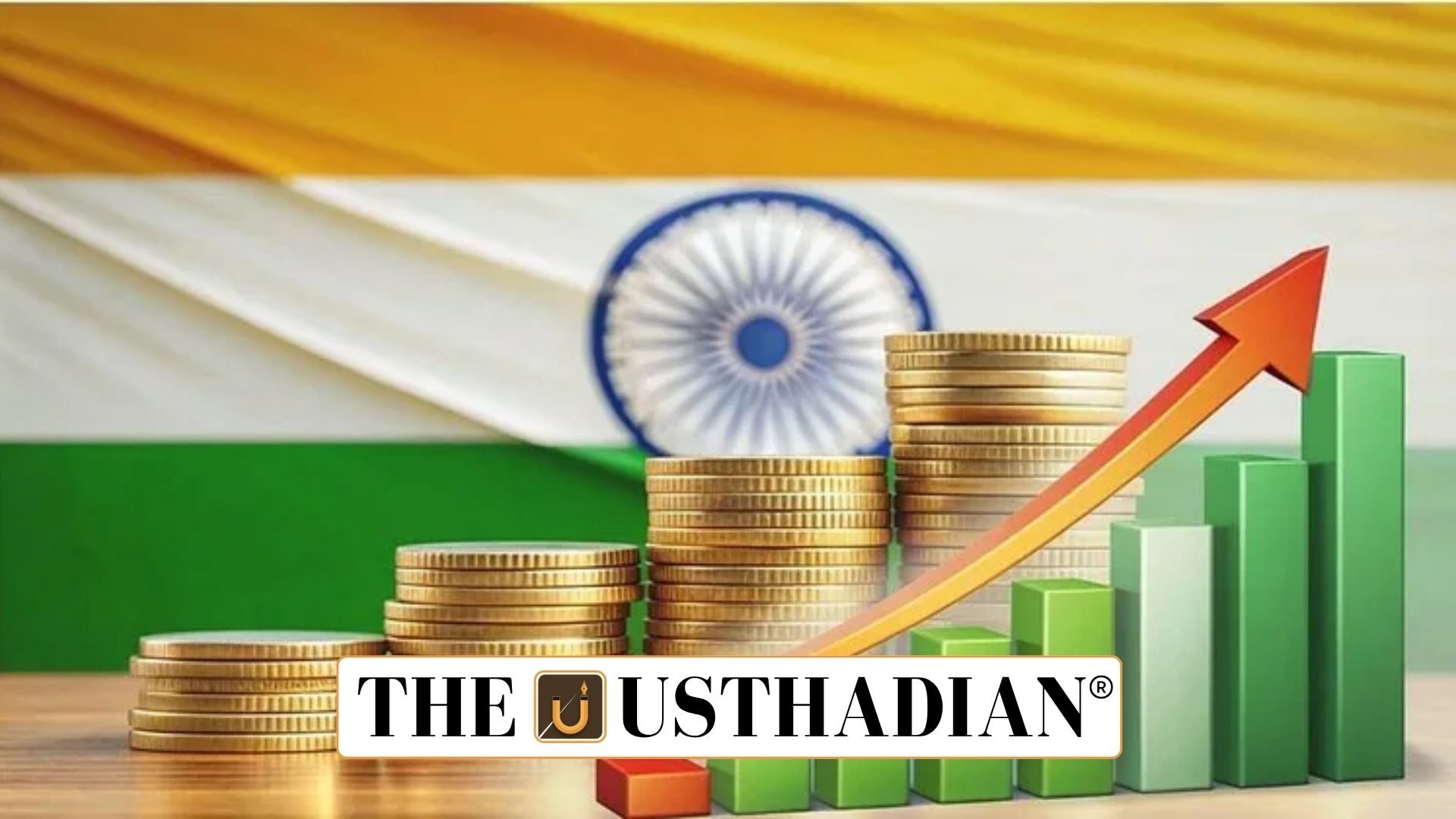Income Growth Trends
Rising Income Disparity Among Indian States 2025: Recent economic data highlights widening income gaps among Indian states. Southern and western states, including Gujarat, Karnataka, Tamil Nadu, Telangana, Kerala, and Maharashtra, have recorded growth rates above the national average of 4.75%.
Gujarat leads with 7% growth, followed by Karnataka (6.6%) and Tamil Nadu (5.9%). In contrast, Bihar, Jharkhand, and Uttar Pradesh show slow or negative relative growth. Static GK fact: Bihar’s per capita income fell from 34% to 29.6% of the national average between 2011–12 and 2023–24.
Per Capita Income Shifts
Gujarat’s per capita income surged from 138% to 180% of the national average over the last decade. This reflects strong industrial growth, investment inflows, and policy stability. Poorer states have not matched this momentum due to structural and institutional challenges.
State income estimates depend on net state domestic product (NSDP) and 2011 Census population data, which overlook recent migration and fertility changes. While this causes estimation gaps, the overall trend of disparity remains accurate.
Role of Manufacturing and Investment
Manufacturing hubs in richer states thrive due to skilled labour availability, supplier ecosystems, and knowledge spillovers. Static GK Tip: Since 2017–18, Gujarat has overtaken Maharashtra as the top manufacturing state.
Southern states attract global firms such as Foxconn and aerospace companies. Andhra Pradesh’s high-tech investments align with central policies, boosting employment and exports.
Policy and Business Environment
Industrial growth correlates with better infrastructure, governance, and law enforcement. Tamil Nadu’s inclusion of women and migrant workers in factories strengthens its manufacturing base.
Poorer states face infrastructure bottlenecks, weak institutions, and limited industrial diversification. Odisha, however, has seen recent gains by targeting resource-based industries.
Path to Inclusive Growth
Addressing income disparity requires targeted investment dispersal to underdeveloped states. Incentives for industries, skill development, and improved business climates can encourage expansion into these regions.
Labour-intensive manufacturing offers potential for absorbing large workforces in poorer states. The success of southern and western states proves the impact of policy reforms, investment-friendly climates, and industrial diversification.
Static Usthadian Current Affairs Table
Rising Income Disparity Among Indian States 2025:
| Fact | Detail |
| Fastest growing state in 2023–24 | Gujarat (7%) |
| National average annual growth rate | 4.75% |
| Gujarat’s per capita income vs national average (2023–24) | 180% |
| Bihar’s per capita income vs national average (2023–24) | 29.6% |
| Top manufacturing state since 2017–18 | Gujarat |
| Southern state attracting Foxconn | Tamil Nadu |
| State with recent investment gains in resource industries | Odisha |
| Key driver of richer states’ growth | Skilled labour, better governance, infrastructure |
| Policy focus for inclusive growth | Investment dispersal to poorer states |
| Example of high-tech investment alignment with central policies | Andhra Pradesh |








